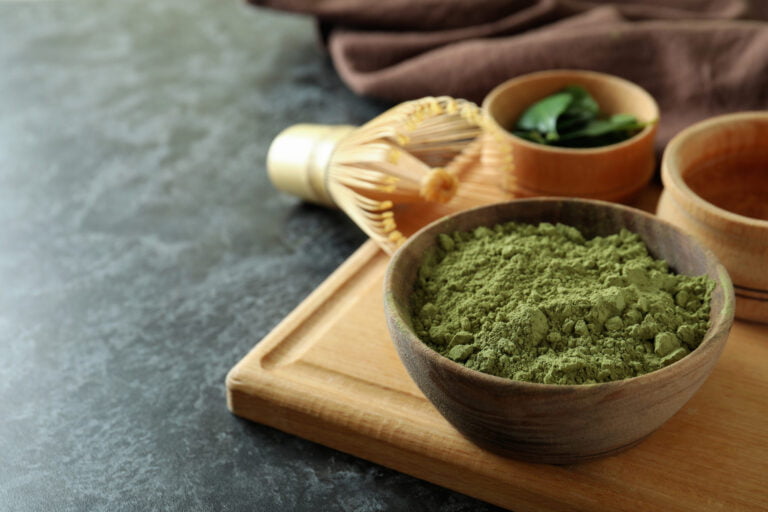Kratom, a tropical tree native to Southeast Asia, has gained popularity in recent years as a natural remedy for various conditions. While some praise its benefits, others caution against potential risks. This article delves into both sides of the story, offering a comprehensive look at kratom as a natural remedy.
Understanding Kratom and Its Uses
Kratom leaves contain compounds that can have mind-altering effects. It’s known for its opioid-like properties and stimulant effects. Traditionally, kratom was used for its medicinal properties in Southeast Asia, where the leaves were chewed or brewed into tea to combat fatigue, increase productivity, and relieve pain. Today, kratom is used for similar purposes globally, with many people turning to it for chronic pain relief, mood enhancement, and assistance in opioid withdrawal.
For those considering kratom, it’s important to source it responsibly. Kratom Spot (https://kratomspot.com/) is a reliable supplier if you’re looking to buy kratom products online. They offer a range of kratom products, ensuring quality and purity for a safer experience. When buying kratom, it’s crucial to choose a trusted supplier to minimize risks and ensure the benefits are maximized.
Potential Health Benefits of Kratom

Kratom’s most lauded benefit is its potential to relieve pain. The alkaloids present in kratom leaves interact with opioid receptors in the brain, producing sedation, pleasure, and decreased pain. Many users have reported significant pain relief, especially in conditions like arthritis, fibromyalgia, and other chronic pains. Additionally, kratom is believed to boost mood and alleviate symptoms of depression and anxiety. Its stimulant effects in low doses can increase energy levels and enhance sociability.
However, it’s important to note that most of these benefits are based on anecdotal evidence. Scientific research on kratom is still in its infancy, and more comprehensive studies are needed to understand its full potential and the mechanisms behind its effects. Users should approach kratom with cautious optimism and consult healthcare providers before incorporating it into their wellness routine.
Risks and Side Effects of Kratom Use
Like any substance, kratom is not without its risks. Side effects can range from mild to severe, depending on the dosage and frequency of use. Common side effects include nausea, itching, sweating, dry mouth, constipation, increased urination, and loss of appetite. In higher doses, kratom can cause more severe effects like seizures, hallucinations, and symptoms of psychosis.
There are also concerns about kratom’s addictive potential. Regular use can lead to dependence, with withdrawal symptoms resembling those of opioid withdrawal. These can include muscle aches, irritability, emotional changes, and aggression. The risk of addiction underscores the importance of using kratom responsibly and under medical supervision, particularly for individuals with a history of substance abuse.
Legal Status and Regulation

The legal status of kratom is complex and varies by country and region. In the United States, the FDA has not approved kratom for any medical use, and it’s classified as a drug of concern. Some states and municipalities have banned or regulated its sale and use. This regulatory landscape can be challenging for users and researchers alike.
The lack of regulation contributes to another risk: the inconsistency in product quality and purity. With no standardization, products can vary greatly, and some may be contaminated with harmful substances. This variability further complicates the safety and efficacy of kratom as a natural remedy.
Conclusion: Weighing the Pros and Cons
In sum, kratom presents a dichotomy of potential benefits and risks. On one hand, it offers hope as a natural remedy for pain relief, mood enhancement, and assistance in opioid withdrawal. On the other, its side effects, addiction potential, and regulatory challenges pose significant concerns. Users must weigh these factors carefully, seek advice from healthcare professionals, and source their products responsibly. As research progresses, we may gain clearer insights into kratom’s role in natural medicine. Until then, a cautious and informed approach remains paramount.







